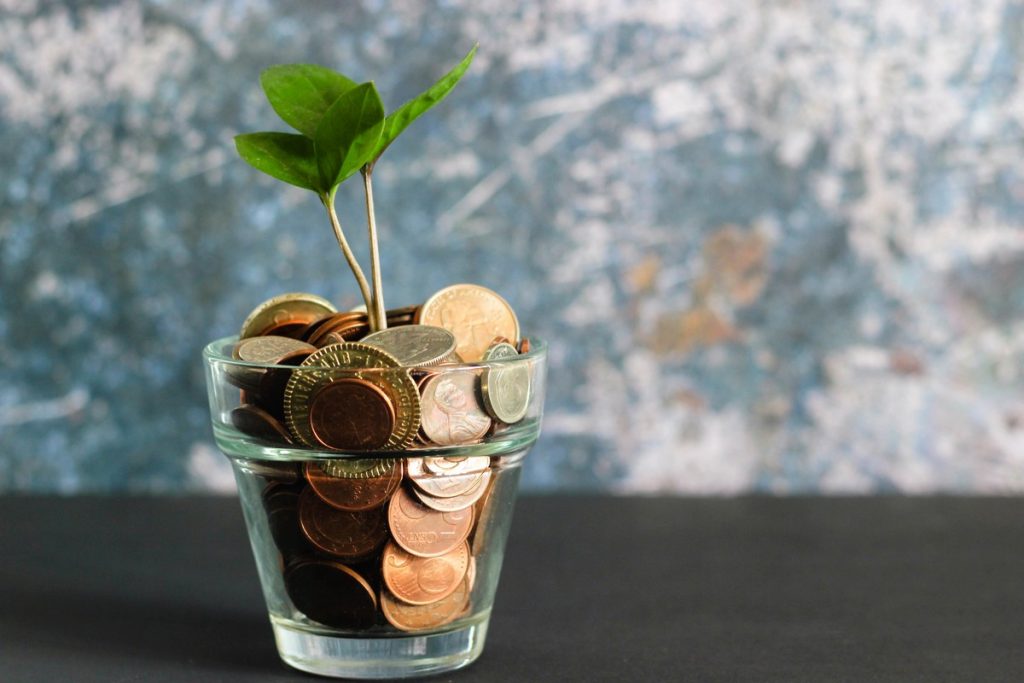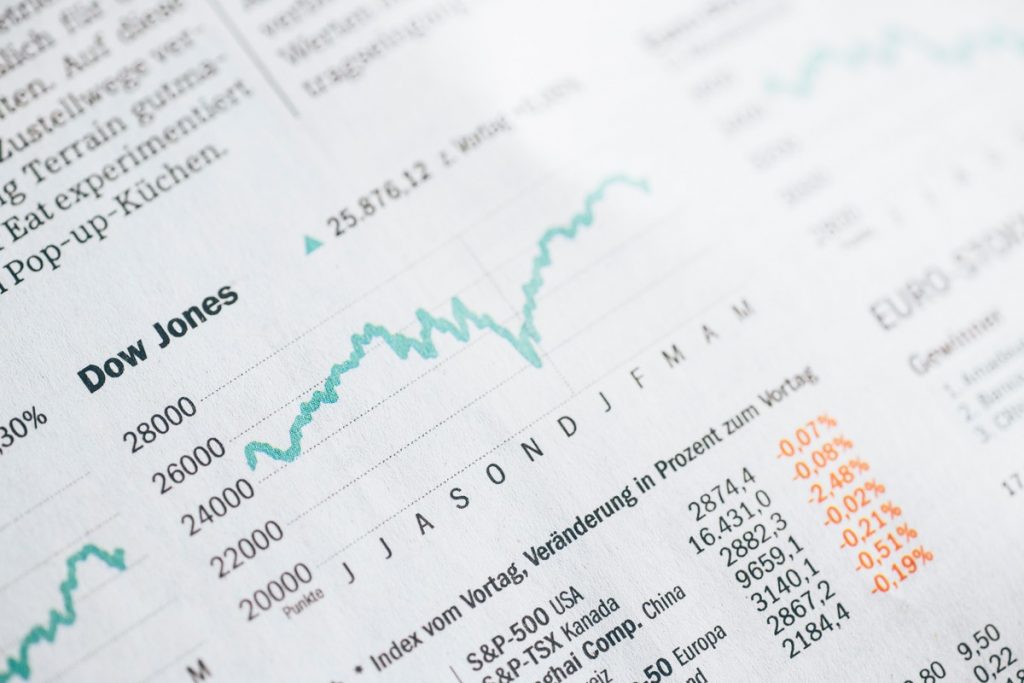Indonesia’s variety and abundance of commodities is an imperative advantage for the country’s economy and government incomes as commodities represent around 60% of exports.
Yet, being a significant commodities-producing and exporting country likewise infers being more defenseless with the impacts of unpredictability in commodity costs on the worldwide commodity market.
This needs effective policy strategies in the midst of both value downswings and cost upswings. Being primarily a raw commodity-trading country, the government is presently focussed on stimulating the foundation of downstream processing ventures to convey value-added items.
This strategy will significantly affect certain trade businesses, for example, mining and minerals. In this article, we will learn more about Indonesia’s export commodities.
In case you are interested about it, go check the brief information down below.
Indonesia’s Export Commodities
- Export Value in 2020

Reportedly, Indonesia’s export value in July 2020 arrived at 13.73 billion USD, an expansion of 14.33 percent contrasted with exports in June 2020. Meanwhile, in contrast with July 2019, it diminished by 9.90 percent.
Non-oil and gas trades in July 2020 arrived at the US $ 13.03 billion, up 13.86 percent contrasted with June 2020. Then, contrasted with non-oil and gas sends out in July 2019, it diminished by 5.87 percent.
In total, the estimation of Indonesia’s exports from January to July 2020 arrived at 90.12 billion USD or diminished 6.21 percent contrasted with a similar period in 2019, likewise, non-oil and gas trades arrived at 85.44 billion USD or diminished by 3.96 percent. You might want to read about the growth of technology in Indonesia.
- Exchange Surplus

The statistics agency detailed that Indonesia posted an exchange surplus of 2.3 billion USD in the last August. The last export value was recorded at 13.07 billion USD or diminished by 4.62 percent contrasted with exports in July 2020.
Then, contrasted with August 2019, it diminished by 8.36 percent. This overflow is a lot greater in contrast with August 2019 that was a surplus of 92.6 million USD.
The better-than-anticipated exchange numbers mirror the Indonesian economy reopening after partial lockdowns were forced in April. June denoted the fourth month where an exchange surplus was recorded and yet one more month of import pressure which focuses to bring down possible output in the medium term.
- Significant Exports

Indonesia has a lot of natural assets, including raw oil, natural gas, tin, copper, and gold. Its key imports incorporate apparatus and hardware, synthetic compounds, fuels, and groceries.
Significant exports incorporate oil and gas, electrical apparatuses, pressed wood, rubber, and textiles. Indonesia is the second-biggest rubber producer on the planet.
Other significant harvests incorporate rice, sugarcane, tea, tobacco, coffee, palm oil, coconuts, and spices. Additionally, the country is the world’s greatest nickel ore producer and has gotten a significant exporter of stainless steel.
Indonesia’s land territory utilized for horticulture has been developing and is right now around 30%. This is primarily because of the foundation of large-scale plantations, specifically for palm oil production which is the country’s second-biggest export.
The business contributes around 39.7% of GDP and utilizes 21.9% of the workforce. The business sector incorporates the assembling of materials, concrete, synthetic composts, electronic items, elastic tires, dress and shoes (a large portion of these are for the American market).
Wood preparing is additionally a significant action as the nation is one of the world’s biggest lumber makers. Lately, Indonesia’s fortunes have improved fundamentally with growth averaging six percent a year prodded on by upgrades in domestic consumption and the financial area.
Also, find out about the famous products in Indonesia.
- Coronavirus Impact

Annual private consumption growth is expected to contract 2.3% in 2020, as family unit spending on non-essential items is significantly diminishing. The travel industry area has been seriously hit, and speculations are relied upon to contract in 2020, with continuous disturbances of significant infrastructure ventures (development of new streets, ports, and power stations).
Sector-wise, domestic transportation, services like tourism are most seriously influenced by the Coronavirus impact. In the food area, organizations subject to imports of products face greater costs and income issues because of the rupiah devaluation.
- Less Susceptible to Global Trade

Indonesia’s exports represent only 22% of GDP, which makes Indonesia less vulnerable to worldwide exchange plunges than some other Southeast Asian countries. Notwithstanding, the sharp reduction in worldwide interest will cause significant damage, as Indonesia’s exports are expected to diminish by about 5% in 2020.
Lower interest from China and crumbling costs will essentially hit producers and exporters in the mining and energy ventures. Speaking of mining, here are the biggest gold mines in Indonesia.
So, this is the information on Indonesia’s export commodities. While you are at it, check out the richest women in Indonesia and the history and development of Indonesia’s rupiah.
